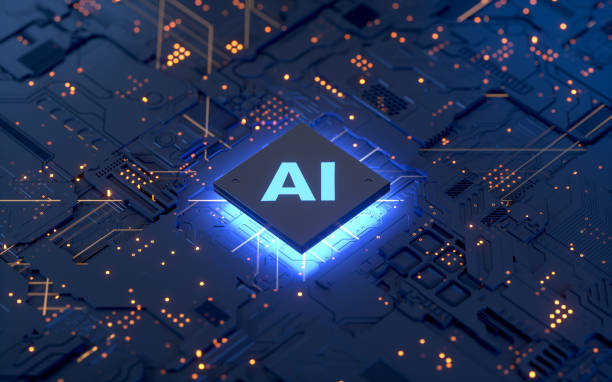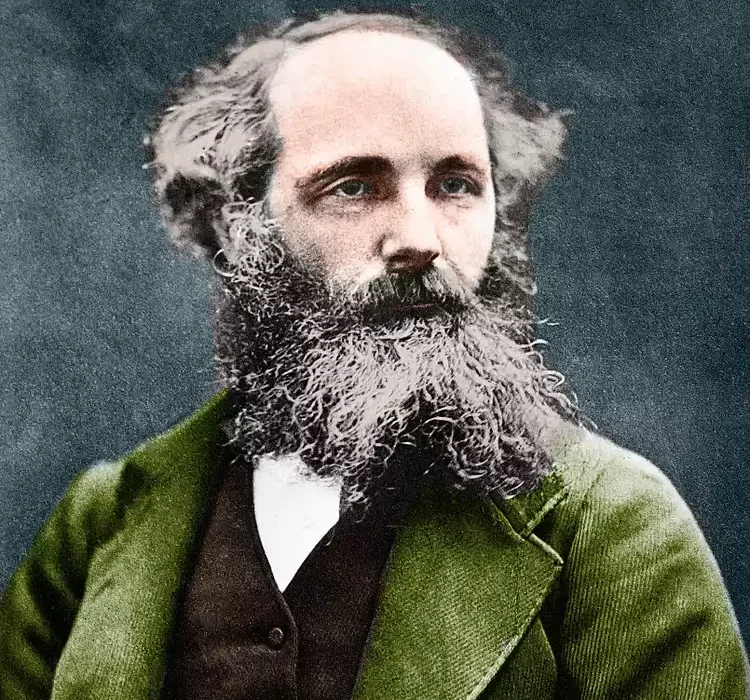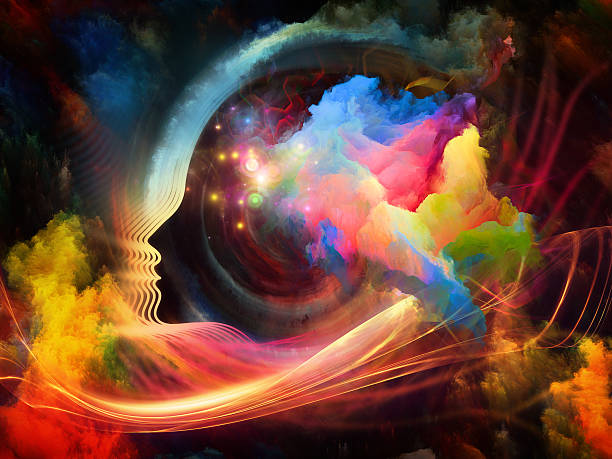There was a time when music flowed only from human imagination—when melodies were born from emotion, crafted by hands on piano keys or guitar strings. But today, a new kind of musician has entered the stage: artificial intelligence. AI doesn’t replace human creativity; it extends it, amplifies it, and reshapes it into forms that were once unimaginable.
Artificial Intelligence is not merely crunching notes or patterns—it’s listening. It learns the intricacies of rhythm, tone, and feeling from millions of songs. It understands musical emotion, from the tension of a film score to the pulse of a dance track. And more importantly, it collaborates with humans.
The rise of AI tools for music creation and sound design has changed how we compose, produce, and imagine sound. These platforms are not cold algorithms—they are creative partners that help songwriters overcome writer’s block, producers sculpt soundscapes, and filmmakers bring emotion to life through intelligent audio.
In this exploration, we’ll journey through the ten best AI tools that are redefining modern music. Each one is a marvel of technology and artistry—an example of how silicon and soul can harmonize beautifully.
1. AIVA – The Emotional Composer
AIVA (Artificial Intelligence Virtual Artist) is one of the most renowned AI composers in the world. Born in 2016, AIVA was designed with a singular goal: to create emotionally resonant music that could rival human compositions.
Unlike traditional algorithmic composers, AIVA uses deep learning networks trained on an enormous database of classical music—from Mozart’s symphonies to Bach’s fugues. This training gives it a profound understanding of musical structure and emotion.
When you ask AIVA to compose, it doesn’t just generate random notes—it thinks in themes, tension, and resolution. It can produce cinematic orchestral scores, piano pieces, or ambient soundscapes tailored to specific moods: sadness, triumph, suspense, serenity.
Composers in film and gaming industries often use AIVA as a creative partner, not a replacement. It provides the skeleton of a melody, a foundation of emotion, which human artists then refine and orchestrate.
There’s something deeply poetic about it—an AI learning to feel through patterns of sound. When you listen to AIVA’s compositions, you realize that music is not just about notes; it’s about understanding emotion, something AIVA captures with haunting precision.
2. Amper Music – Instant Inspiration for Creators
Amper Music democratized AI music creation. It allows anyone—whether they know music theory or not—to compose professional-grade tracks for videos, podcasts, or games.
Here’s how it works: you choose a mood, style, and tempo. Amper’s AI then composes and produces a complete piece in seconds. But the magic lies in customization—you can adjust instruments, rhythm, and transitions to shape the track exactly how you want it.
Amper isn’t just random generation. It analyzes harmonic progressions, rhythmic structures, and emotional arcs. Its algorithms are trained on massive musical libraries that teach it what makes a song “uplifting” or “melancholic.”
What’s beautiful about Amper is that it empowers creators who may not play instruments but still feel music deeply. It turns emotion into sound through an intuitive interface, helping everyone become a storyteller through music.
In the hands of YouTubers, filmmakers, and indie game developers, Amper becomes a bridge between imagination and sound—a creative partner that never tires, never judges, and always delivers inspiration on demand.
3. Soundful – Royalty-Free, AI-Powered Music for All
Soundful blends technology with practicality. It’s one of the best AI tools for musicians, content creators, and marketers who need high-quality, royalty-free music that matches their brand or message.
The process is straightforward yet powerful: you pick a genre, choose your desired energy or mood, and Soundful’s AI generates a track that’s completely original and copyright-safe. The output is not just looped patterns—it’s full-length compositions that sound human-made.
Soundful’s strength lies in its production quality. The AI doesn’t just compose; it produces. Every generated track goes through virtual mastering, balancing dynamics and tone to sound studio-ready.
What sets Soundful apart is its emotional intelligence. If you want an atmospheric ambient piece for meditation, it delivers calm waves of sound. If you need an energetic EDM track for a product launch, it creates a driving rhythm that instantly grabs attention.
Soundful reminds us that AI music is not about replacing human artistry—it’s about accessibility. It gives every dreamer a soundtrack, every story a rhythm, and every brand a voice.
4. OpenAI MuseNet – The Infinite Composer
MuseNet, developed by OpenAI, is one of the most advanced AI music models ever created. It doesn’t just generate melodies—it understands music across time, genre, and style.
MuseNet was trained on a vast dataset of MIDI files from countless genres: classical, jazz, rock, pop, electronic, and more. The result is an AI that can compose symphonies in the style of Beethoven or blend genres—like a jazz-rock fusion with Mozartian harmonies.
What makes MuseNet extraordinary is its flexibility. You can ask it to generate music with specific instruments—say, an electric guitar and violin duet—or to continue an unfinished melody in the style of Chopin.
It’s not merely a tool; it’s a collaborator that challenges human creativity. It allows musicians to experiment, to blend influences that were once impossible, to reimagine music without boundaries.
Listening to MuseNet’s creations feels like traveling through the history of music—all guided by an invisible composer made of pure code and data, yet capable of something profoundly human: expression.
5. Boomy – Make Music in Seconds
Boomy is perhaps the most playful and revolutionary AI music creator available today. Designed for accessibility, it allows users to create complete songs in seconds, even with zero musical training.
You start by selecting a genre—lo-fi, hip-hop, pop, electronic, ambient, or even experimental. Within moments, Boomy’s AI generates a full arrangement. You can then tweak structure, instruments, tempo, and vocals to make it your own.
But Boomy goes beyond creation—it’s a launchpad for artists. Users can release their songs directly to streaming platforms like Spotify or Apple Music and even earn royalties. This makes it not just a tool but an ecosystem for creative empowerment.
Boomy’s algorithms are trained to detect patterns that define genre “feel,” ensuring the generated tracks sound authentic and emotionally resonant.
It’s not exaggeration to say Boomy has redefined who can be a musician. It breaks the wall between imagination and execution. In the hands of dreamers, it turns ideas into melodies, making the future of music more democratic than ever.
6. LANDR – The AI Producer and Mastering Genius
Every musician knows that mastering—the final stage of audio production—can make or break a track. LANDR changed the game by using artificial intelligence to automate this complex process with stunning accuracy.
Trained on thousands of professionally mastered tracks, LANDR’s AI analyzes your music in real time, adjusting EQ, compression, stereo balance, and dynamics. The result is a polished, industry-ready sound that used to require years of experience.
But LANDR isn’t just about mastering anymore. It has evolved into a full creative suite, offering AI-powered music creation, sample selection, collaboration tools, and even distribution.
Its sound design algorithms are deeply intelligent—they adapt to genre, energy, and mood. A hip-hop track gets punchy low-end and crisp snares, while a cinematic score gets spacious depth and warmth.
LANDR empowers independent musicians to compete with professional studios, transforming raw creativity into finished art. It’s like having a virtual producer who listens, understands, and perfects your sound.
7. Ecrett Music – Tailored Sound for Every Scene
Ecrett Music is built for creators who need custom soundtracks for visual media. Whether you’re editing a YouTube video, designing a game, or crafting a podcast, Ecrett generates perfectly timed, mood-based music with the click of a button.
Its AI engine analyzes over a million data points—melodic patterns, instrument layers, emotional arcs—to generate cohesive, royalty-free compositions that fit any scenario.
What sets Ecrett apart is its focus on storytelling. You can select the scene (like “morning,” “adventure,” or “romance”) and the AI adapts harmony, tempo, and energy to evoke the exact mood.
The user interface is delightfully intuitive: simple sliders control mood intensity, length, and genre. Within seconds, you can produce cinematic-quality soundtracks that flow naturally with your visuals.
Ecrett represents AI as an artistic partner, translating visual emotion into musical expression—a collaboration between sight and sound that feels deeply human.
8. Soundraw – Music That Evolves with You
Soundraw is a breakthrough tool designed for professional creators who crave flexibility and originality. Unlike typical AI generators, Soundraw doesn’t just create static tracks—it allows you to customize and evolve them endlessly.
You begin by selecting parameters like genre, length, and mood. Soundraw’s AI composes a unique piece that you can edit section by section—changing melodies, rearranging structures, and modifying energy levels.
Its adaptive design means that no two tracks are ever the same. You can generate infinite variations of one idea, exploring its full emotional potential.
Soundraw’s power lies in its deep learning of human musical emotion. The AI doesn’t just know what “sad” or “epic” sounds like—it knows how those feelings move. It creates music that breathes, builds, and releases tension just like human compositions.
For filmmakers, content creators, and musicians, Soundraw is like having a co-composer that never runs out of ideas. It listens, adapts, and refines—turning your inspiration into an evolving masterpiece.
9. Alysia – The AI Lyricist and Vocal Muse
Music is not only sound—it’s words, emotion, storytelling. Alysia is an AI lyric and melody generator that helps musicians find inspiration for vocal compositions.
Alysia doesn’t replace songwriters; it collaborates with them. You can input a theme, emotion, or story idea, and Alysia generates lyrics that capture the tone you want—romantic, reflective, or rebellious. Then it suggests melodies to match those words, using AI trained on pop and acoustic songwriting patterns.
Its ability to merge lyric and melody creation makes it ideal for songwriters experiencing creative block. It learns your style as you work, offering suggestions that align with your artistic voice.
Alysia shows that AI can write with feeling. It captures the rhythm of language, the rise and fall of emotion, and the connection between heart and harmony.
It’s not about replacing the muse—it is the muse, whispering new ideas into the songwriter’s ear.
10. Endel – The AI Soundscaper for Mind and Mood
Endel doesn’t just make music—it makes experiences. It’s an AI-powered sound ecosystem that creates personalized soundscapes for relaxation, focus, and sleep.
Using data from your environment—time of day, weather, movement, even heart rate—Endel’s AI generates adaptive music in real time. The soundscapes evolve as you do, flowing naturally with your body and mind.
Scientifically, Endel is built on psychoacoustic principles. It uses specific frequencies, rhythms, and tonal structures proven to affect mood and brain activity. For instance, low-tempo patterns reduce stress, while subtle shifts in tonality maintain focus.
Endel’s creators see it not as a music app, but as a wellness technology. It transforms artificial intelligence into emotional intelligence—a sound companion that listens to your world and sings back in harmony.
It represents the future of personalized music—where every beat aligns with your heart, and every melody becomes part of your story.
The Future of AI in Music
AI is not here to steal the soul of music—it’s here to amplify it. Each of these tools—AIVA’s emotional depth, Soundraw’s adaptability, Endel’s intimacy—shows how artificial intelligence is evolving from mechanical computation to creative intuition.
The real power of AI in music lies in collaboration. When humans and machines create together, boundaries dissolve. Producers become dreamers again, composers rediscover playfulness, and sound designers explore new dimensions of imagination.
Music has always been the heartbeat of human emotion. Now, with AI, that heartbeat expands beyond biology—into circuits, algorithms, and infinite possibility.
In this new era, creativity belongs to everyone. The laptop becomes a studio, the algorithm becomes a muse, and the world becomes a symphony waiting to be written.
AI doesn’t just make music. It helps us hear the universe anew—one intelligent note at a time.






